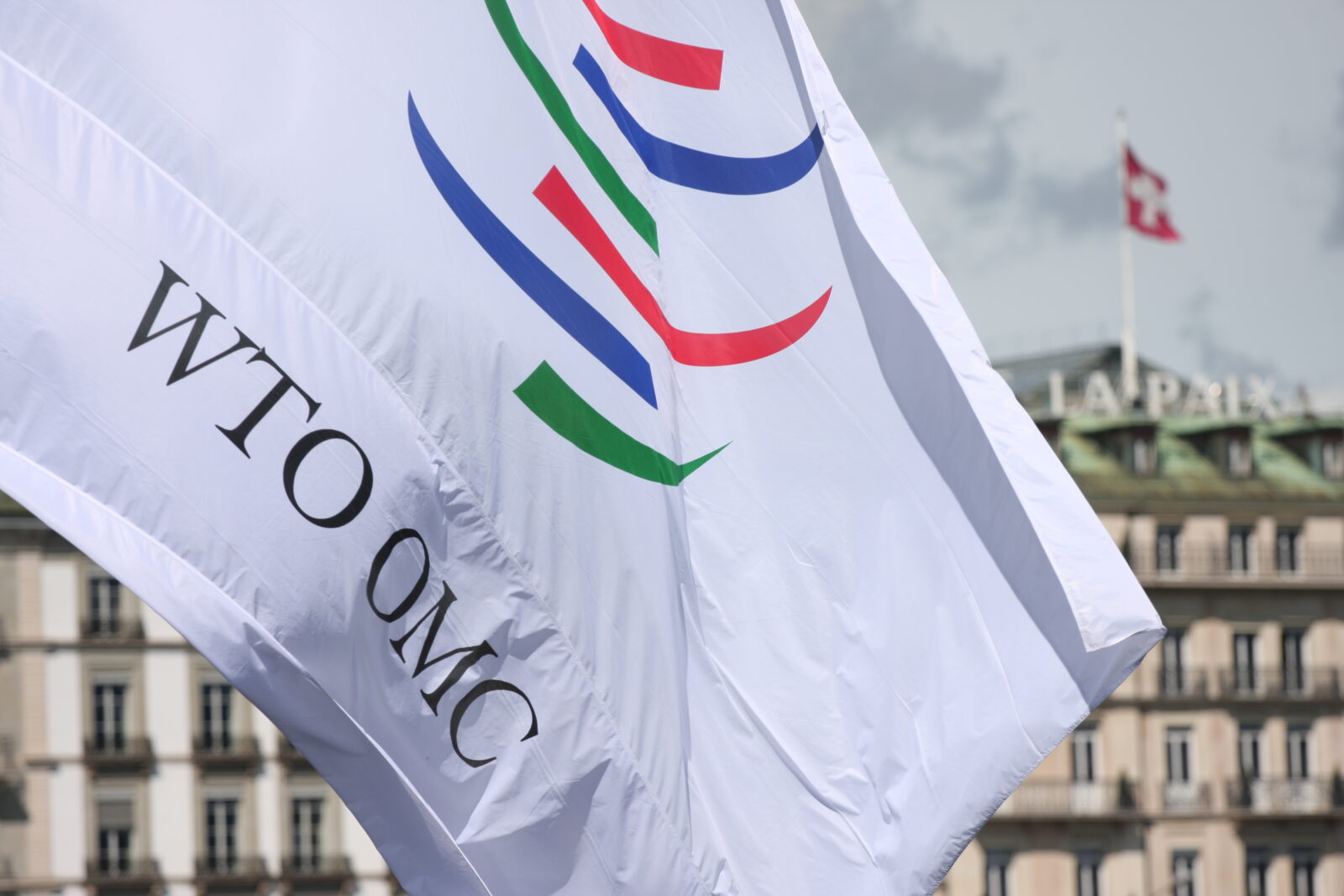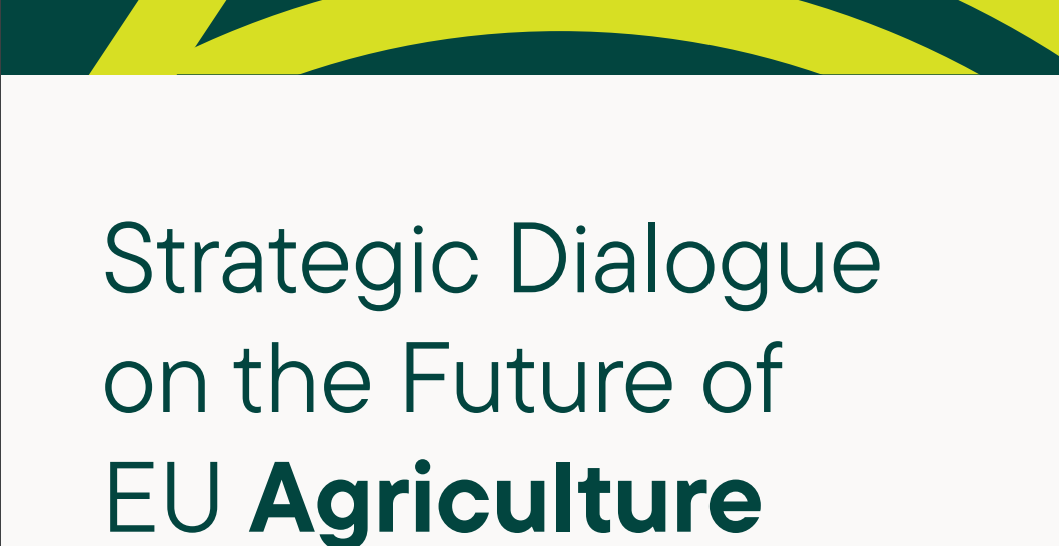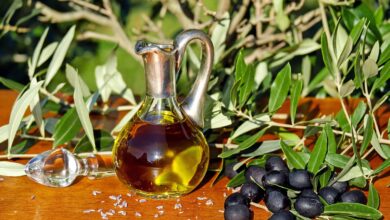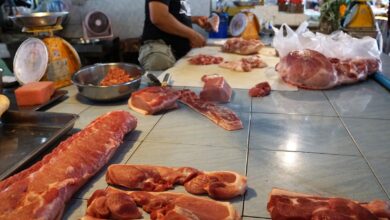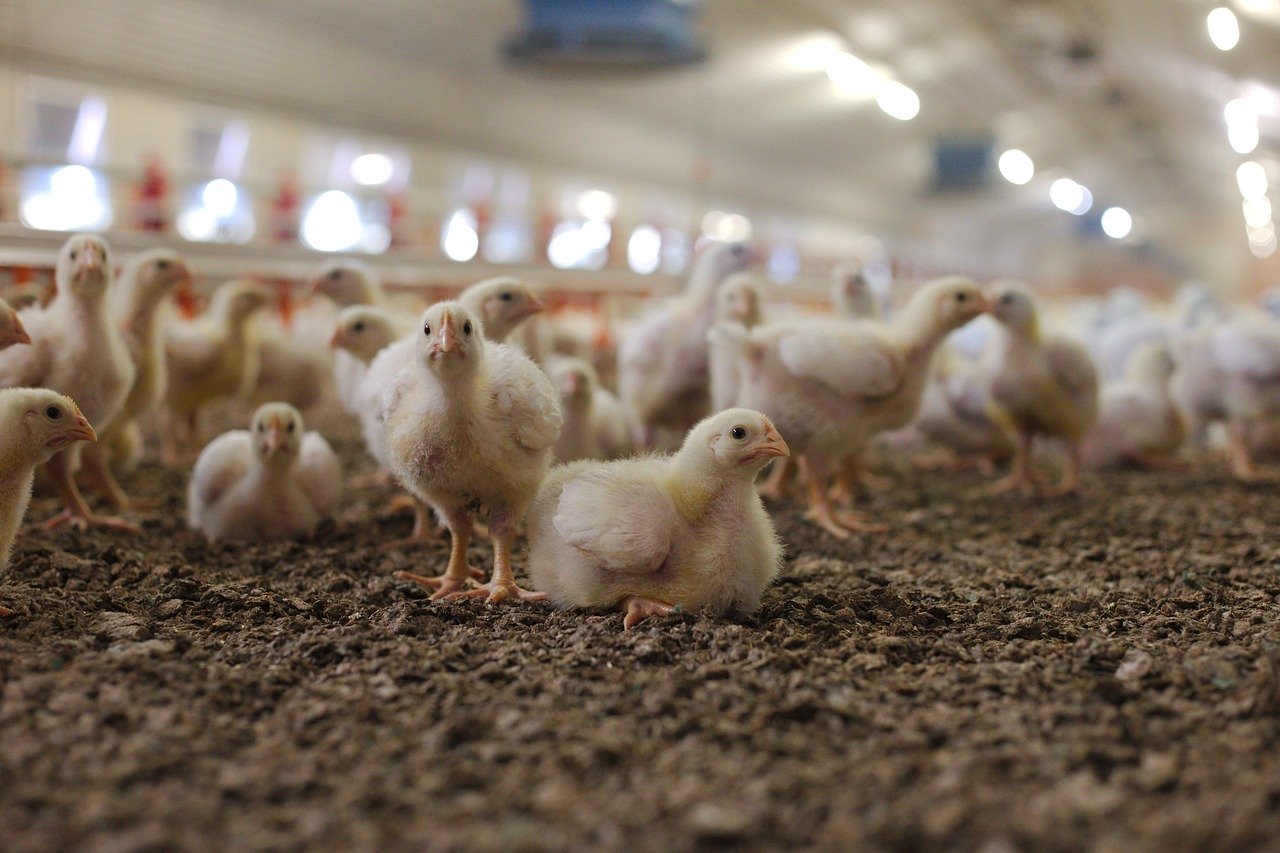
Download the PDF version
On February 22, 2024, the European Union’s Joint Research Centre (JRC) published an update to its study on the cumulative effects of upcoming free trade agreements on the agricultural sector [1]. This study models the cumulative impact of agreements with Mercosur (Argentina, Brazil, Paraguay, Uruguay), Australia, India, Indonesia, Malaysia, Mexico, the Philippines, Thailand, as well as Chile and New Zealand, which have already been ratified. It provides an assessment of the anticipated opening of the European market for sensitive sectors and measures the potential evolution of the share of imports in European consumption, which will influence the European Union’s food self-sufficiency.
Baseline scenario and selected hypotheses
This study uses the 2032 baseline scenario developed by the European Commission in its 10-year forward-looking exercise[2] which extrapolates recent trends and includes already implemented agreements. The study presents two scenarios (with differing degrees of liberalization: moderate or ambitious) to assess trade developments following the conclusion of ongoing negotiations with the 10 listed countries, comparing the results to the baseline scenario.
Amid current discussions about the potential ratification of the Mercosur agreement, it seemed relevant to examine the evolution of the import share relative to consumption for three sensitive sectors: beef, poultry, and sugar. While some sectors, such as wine and spirits, dairy products, or pork, would benefit from increased liberalization, these three sensitive sectors would not.
Additionally, the agri-food trade balance with the group of 10 partners would remain negative in all considered scenarios (no agreement, moderate agreement scenario, or ambitious agreement scenario) and would amount to approximately -€19.5 billion in each case, with no real gains for the EU in the agri-food sector. However, as expected, trade volumes would increase significantly in both directions (imports/exports) under scenarios involving free trade agreements, thereby weakening sensitive sectors.

Figure 1 : Comparison of projected trade balance trends between the EU and the 10 countries with which it plans to sign new trade agreements (in orange) and all trading partners combined (in blue), source: JRC
What is the impact on sensitive sectors?
Regarding beef, the European Commission’s 2032 projections without the conclusion of new agreements (2032 baseline scenario) foresee a significant decline in production (-9% compared to the 2020-2022 average) and a similar decline in consumption (-9%). The reduction in production is slightly greater than that in consumption in absolute terms. In this scenario, which reflects a continuation of current trends, imports increase despite reduced consumption, with the share of imports in total consumption rising from 4.7% to 6.1%. If new agreements are signed, beef imports would increase by 22% to 24% compared to the baseline scenario, and the import-to-consumption ratio would exceed 7.5%, primarily due to the additional quotas granted to Mercosur countries.
Table 1 : Evolution of production, consumption, imports, and import ratio for European beef, in thousand tons, source: European Commission, JRC, Agriculture Strategies calculations

For poultry meat, both production and consumption are expected to rise (by 1.8%), but imports will also increase. The baseline scenario estimates that the share of imports in consumption in 2032 will be at 7.5%, the same level as in 2022. In the case of increased market opening (particularly to Mercosur and Thailand), this import share would rise to 9.2% or even 9.7%. Again, this represents a significant increase in poultry meat imports compared to the baseline scenario, with import volumes increasing by 23% to 30% depending on whether the scenario is moderate or ambitious.
Table 2 : Evolution of production, consumption, imports, and import ratio for European poultry meat, in thousand tons, source: European Commission, JRC, Agriculture Strategies calculations

Finally, for sugar, the estimated production in 2032 is expected to be at the same level as in 2022, and domestic consumption would decrease (even though it has remained relatively stable since 2019). In the absence of new agreements, imports would remain stable at their average level of the past three years, but the agreements under negotiation include new quotas that would increase imports by 13 to 14% over the volumes already imported. If domestic consumption decreases as expected, the share of imports will exceed 10% of total consumption.
Table 3 : Evolution of production, consumption, imports, and import ratio for European sugar, in thousand tons, source: European Commission, JRC, Agriculture Strategies calculations

As a result of the influx of these products into the European market, the authors estimate that domestic production will decrease by 0.9% for beef, 1.3% to 1.5% for poultry, and 1% for sugar compared to a situation without an agreement. However, these trends will depend on market price developments, which are linked to changes in global consumption and production, and should therefore be viewed with caution, considering the inability of econometric models to provide reliable price forecasts.

Figure 2 : Estimation of changes for EU production depending on the sector in case new agreements are signed by 2032, source: JRC
Conclusion
In 10 years, 7.5% of the beef consumed in the European Union could be imported, as well as 9 to 10% of poultry and 10% of sugar. The upcoming free trade agreements will strengthen existing dependencies on imports (such as soy or cattle cake) and may create new ones, leading to competition in sectors that have historically been protected due to their sensitivity.
These simulations do not take into account potential mirror clauses that could be included in these agreements, but the ability of such clauses to restore fair competition remains to be demonstrated. Indeed, a third of the substances subject to maximum residue limits are not controlled[3], and any clause addressing a practice that does not result in residues in the final product (seed coating, animal welfare, growth hormones/antibiotics) requires reliable traceability in the exporting supply chains. This last point, particularly important, does not seem to be ensured however: a report from the Commission [4] (published on October 23rd) indicates that today we cannot know if the beef currently imported from Brazil comes from animals treated with growth hormones, and another report made the same observation for Canada in 2020[5].
November 5th 2024
Alessandra Kirsch, CEO of Agriculture Stratégies
Translation by Valentin Gesquiere, Tour de plaine
[1] Ferrari, E., Elleby, C., De Jong, B., M`barek, R. and Perez Dominguez, I., Cumulative economic impact of upcoming trade agreements on EU agriculture, Publications Office of the European Union, Luxembourg, 2024, https://data.europa.eu/doi/10.2760/54976, JRC135540.
Disponible en anglais ici : https://publications.jrc.ec.europa.eu/repository/handle/JRC135540
[2] EC (2022), EU agricultural outlook for markets, income and environment, 2022-2032.
European Commission, DG Agriculture and Rural Development, Brussels. https://agriculture.ec.europa.eu/data-and-analysis/markets/outlook/medium-term_en
[3] According to the report from the French Senate by Sophie Primas and Laurent Duplomb (2020), see https://www.senat.fr/rap/r20-368/r20-368-syn.pdf
[4] https://ec.europa.eu/food/audits-analysis/audit-report/details/4804
[5] https://ec.europa.eu/food/audits-analysis/audit-report/details/4287


